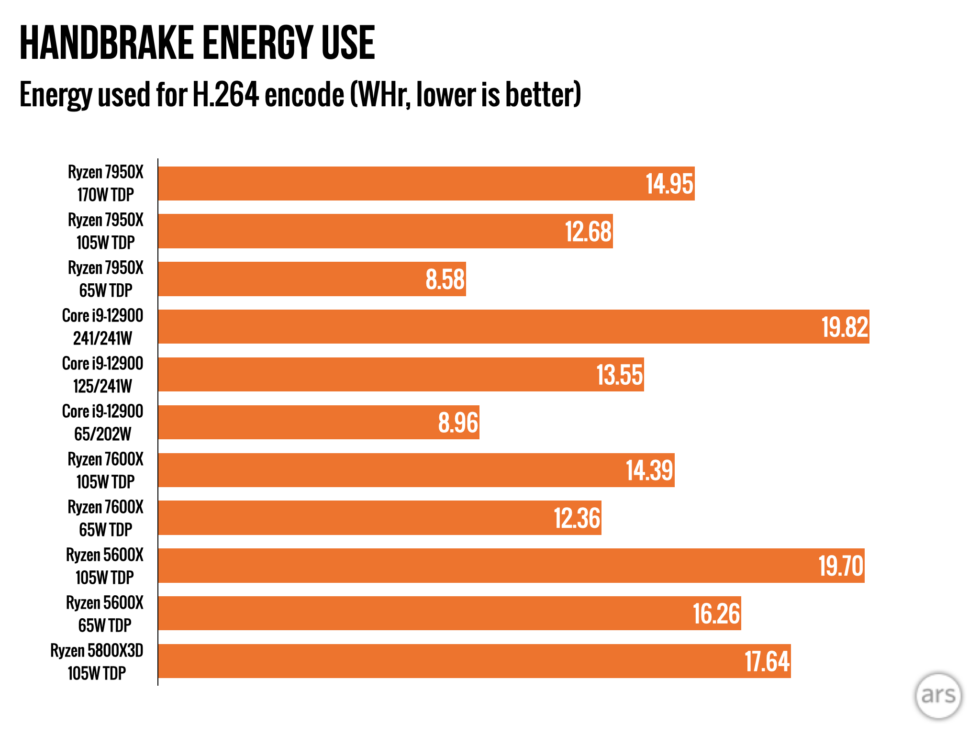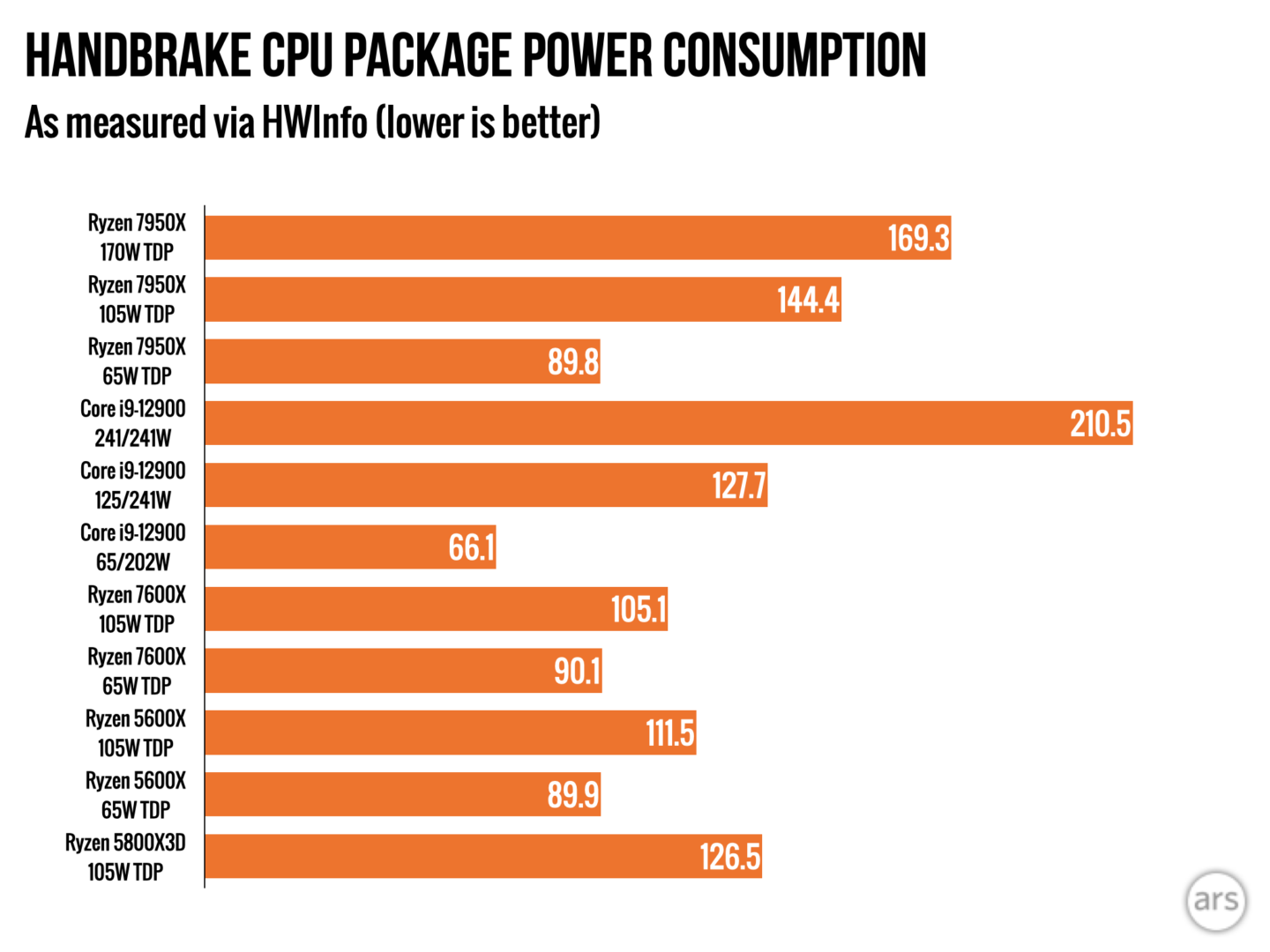This'll probably be lost in the sea of threads, but until then, this was something I picked up from a review of the Ryzen 7000 processors
It's also likely reviewers have been using the temperature that comes from the hottest part of the processor, so it's not like the entire package is damn near boiling.
For what it's worth, the AMD reviewers' guide says that this is safe, expected behavior:
With the new AM5 socket and higher TDP, most processors will run into a thermal wall before they hit a power wall. You will therefore see the Ryzen 7000 series, especially the higher core count variants, reside at TJMax (about 95 degrees Celsius for the Ryzen 7000 series) when running intense multithreaded workloads like Cinebench nt. This behavior is intended and by design.
It’s important to note TJMax is the max safe operating temperature—not the absolute max temperature. In the Ryzen 7000 Series, the processor is designed to run at TJMax 24/7 without risk of damage or deterioration. At 95 degrees it is not running hot, rather it will intentionally go to this temperature as much as possible under load because the power management system knows that this is the ideal way to squeeze the most performance out of the chip without damaging it.
It's also likely reviewers have been using the temperature that comes from the hottest part of the processor, so it's not like the entire package is damn near boiling.






